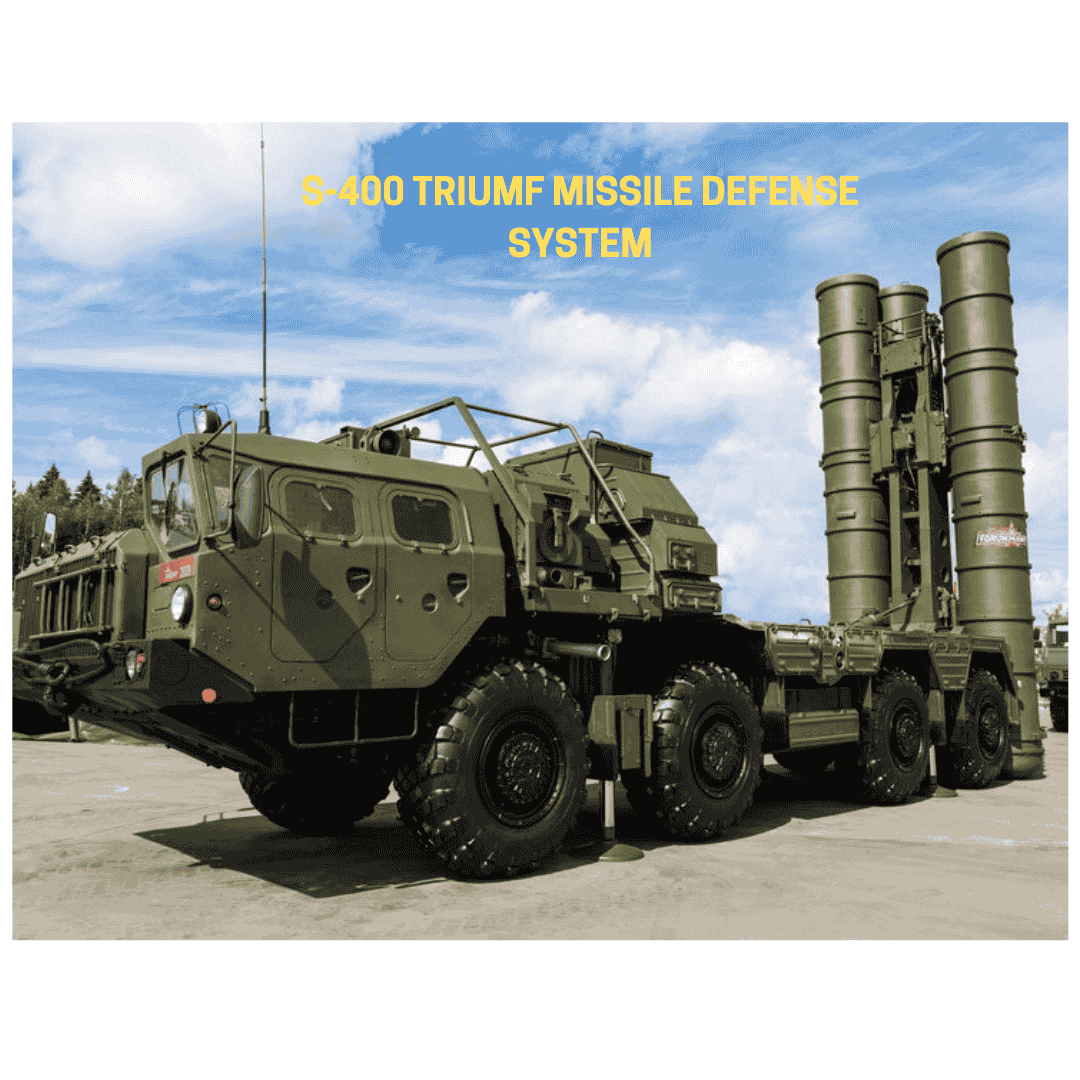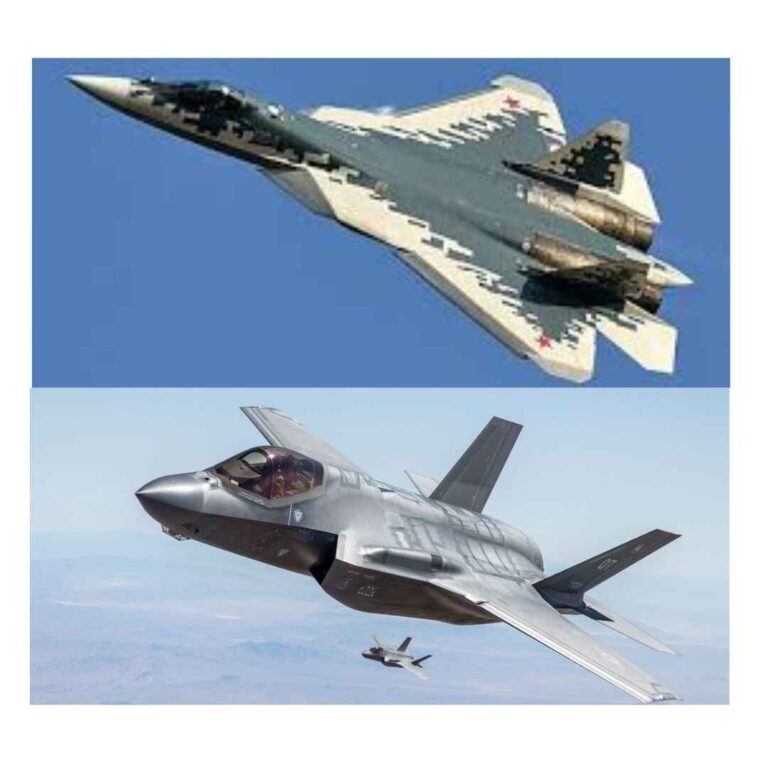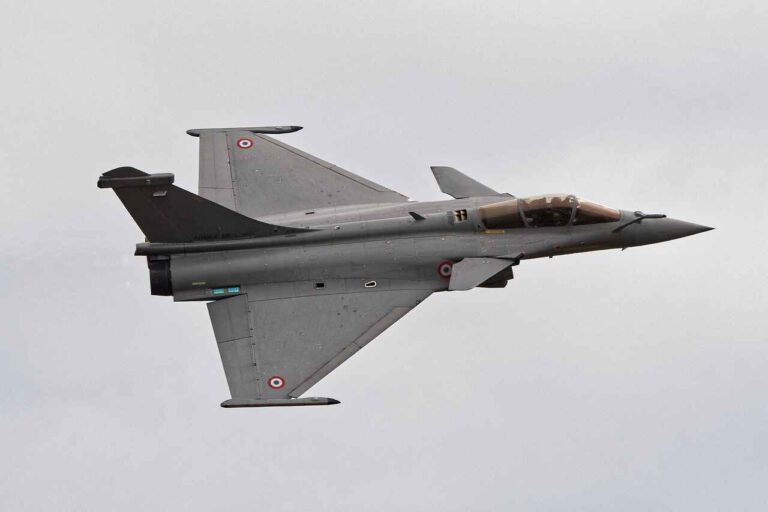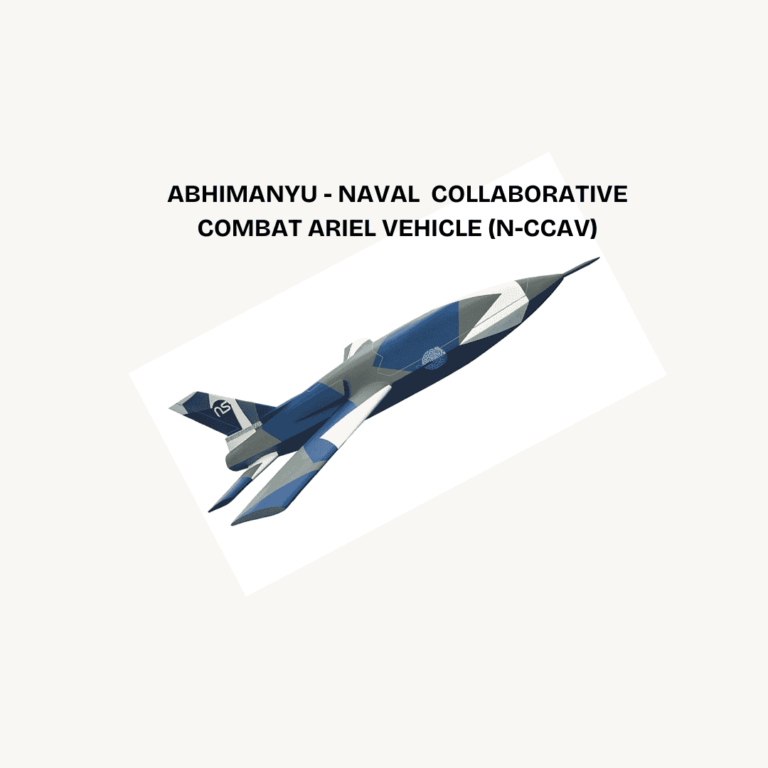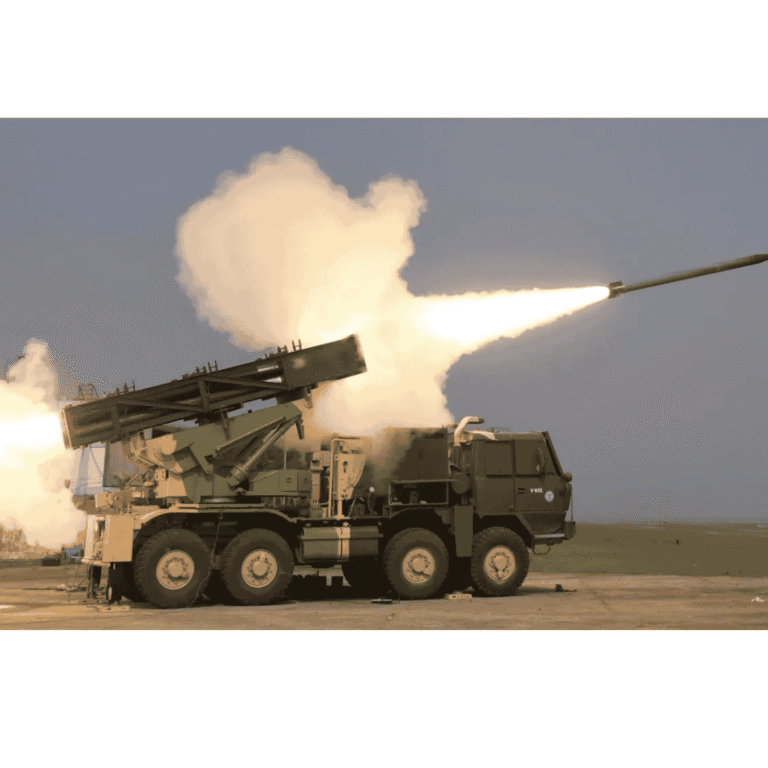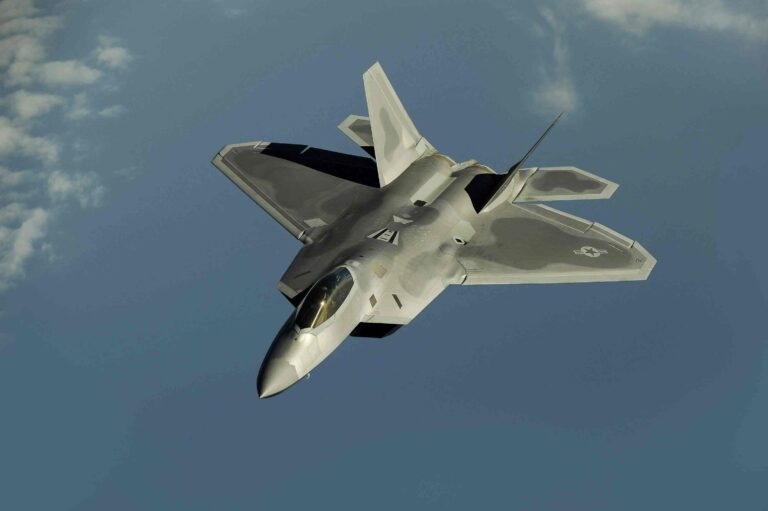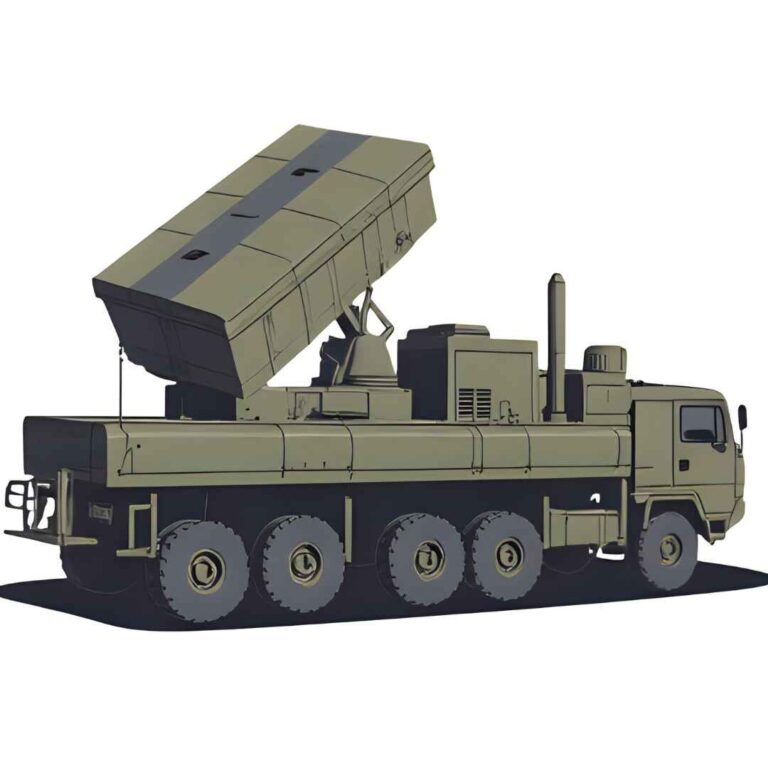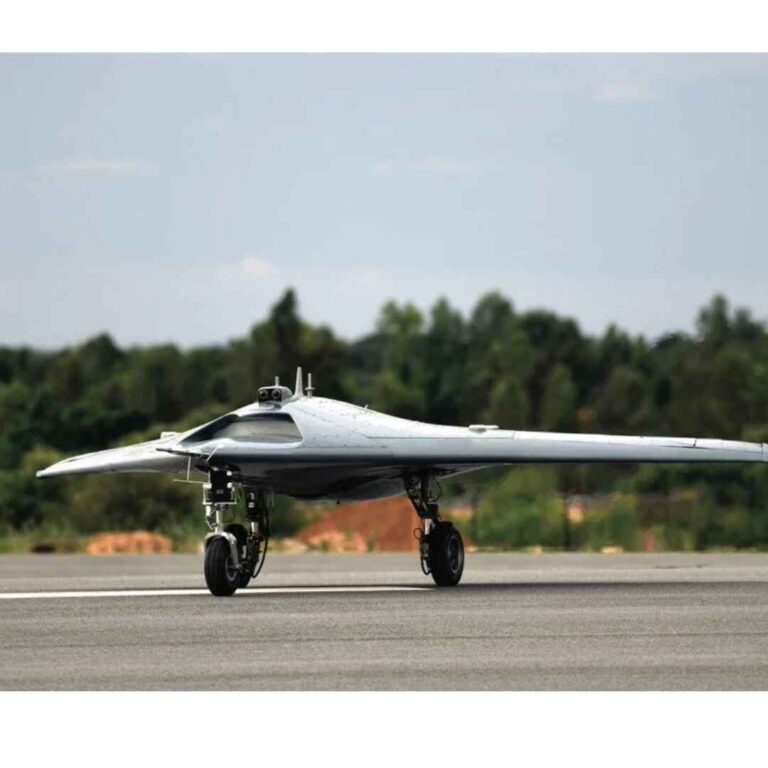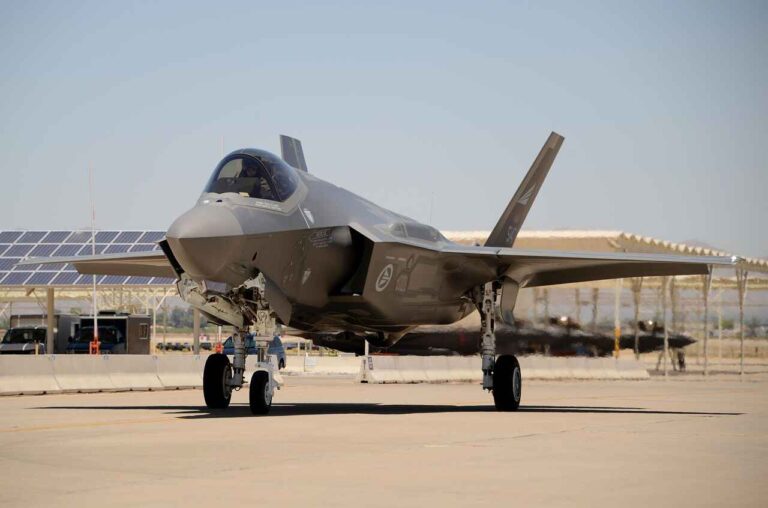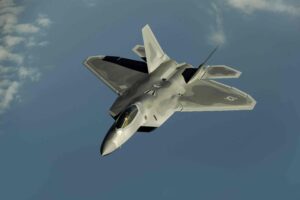Introduction
In modern warfare, air superiority is not just a strategic advantage but a decisive factor in determining the outcome of conflicts. The rapid advancements in aerial combat technology—ranging from fifth-generation stealth fighters to hypersonic missiles and unmanned aerial vehicles (UAVs)—have significantly increased the complexity of air defense. As nations seek to protect their airspace from evolving threats, the demand for state-of-the-art air defense systems has surged. Among the most advanced and formidable systems today is the S-400 Triumf, developed by Russia’s Almaz-Antey Corporation.
The S-400 Triumf, introduced in 2007, is widely regarded as one of the most sophisticated long-range surface-to-air missile (SAM) systems in the world. Designed to counter airborne threats, cruise, ballistic missiles, and even stealth aircraft, the S-400 represents a quantum leap in air defense capabilities. With its ability to track up to 300 targets simultaneously and engage threats at d 400 kilometers, the system provides a robust, multi-layered defense mechanism that ensures airspace security even in highly contested environments.
One of the most distinctive aspects of the S-400 is its ability to launch four different types of missiles, each engineered for a specific threat spectrum—ranging from short-range aerial targets to long-range ballistic missiles—enabling a seamless, multi-layered defense against diverse airborne threats. This multi-tiered missile defense capability allows it to neutralize targets at varying ranges and altitudes, making it one of the most versatile air defense systems in operation today. The system’s advanced radar network, coupled with its ability to counter stealth technology, further enhances its strategic significance.
Due to its unparalleled capabilities, the S-400 has gained immense global interest, with countries such as China, India, Turkey, and Saudi Arabia either deploying or expressing interest in acquiring the system. However, its procurement has also been a subject of intense geopolitical debate, particularly due to opposition from the United States and NATO. The U.S. has warned against the purchase and deployment of the S-400 under the Countering America’s Adversaries Through Sanctions Act (CAATSA), which has led to diplomatic tensions, particularly in the case of India and Turkey.
For India, the S-400 is a strategic necessity rather than a mere defense procurement. With two nuclear-armed adversaries—China and Pakistan—on its borders, India has long sought to bolster its air defense capabilities. The S-400 provides India with a critical edge, enhancing its ability to detect, track, and neutralize aerial threats before they breach Indian airspace. Given China’s rapid military modernization and Pakistan’s pursuit of advanced missile systems, the S-400 plays a vital role in India’s integrated air defense strategy.
Development and Background
The S-400 Triumf stands as the culmination of decades of research and innovation in Russian air defense technology, evolving from the S-300 series into one of the world’s most advanced long-range surface-to-air missile (SAM) systems. Developed by Almaz-Antey, the S-400 was designed to address the growing complexity of aerial threats, including stealth aircraft, hypersonic missiles, UAVs, and precision-guided munitions.
The system represents a significant leap in air defense technology, offering an advanced, multi-layered defense capable of intercepting targets at long distances and high altitudes. Its development was influenced by both the operational limitations of the S-300 series and the need to counter next-generation aerial threats posed by Western adversaries.
The origins of the S-400 date back to the late 1980s, when the Soviet Union began conceptualizing an advanced air defense system to replace its aging S-200 and S-300 platforms. The primary objectives were:
- Extended engagement range to neutralize threats before they reached Russian airspace.
- Enhanced tracking and guidance systems for higher accuracy and multi-target engagement.
- Improved stealth detection capabilities to counter U.S. stealth aircraft like the F-22 Raptor, and F-35 Lightning II.
- Multi-layered missile defense to engage a wider range of threats, including cruise and ballistic missiles.
Initially designated as the S-300PMU-3, the system was developed under the leadership of Almaz Central Design Bureau (now part of Almaz-Antey). However, due to the economic and political turmoil following the collapse of the Soviet Union in 1991, progress on the project slowed significantly. It wasn’t until the mid-1990s that Russia resumed full-scale development, with a focus on enhancing the system’s mobility, target engagement capabilities, and overall effectiveness.
By the early 2000s, the system had undergone extensive upgrades, and the Russian government officially rebranded it as the S-400 Triumf to distinguish it from its predecessor, the S-300.
Testing and Deployment
The first successful S-400 test launch was conducted in 1999, demonstrating its ability to track and engage multiple targets at extended ranges. However, due to technical refinements and the integration of new radar systems, the system’s induction into the Russian military was delayed until April 2007.
By August 2007, Russia’s 2nd Battalion of the 606th Air Defense Regiment was the first operational unit equipped with the S-400, stationed at Electrostal, near Moscow. Over the following years, the system was progressively deployed across key strategic locations in Russia, including:
- Moscow and Central Russia – To protect critical government and military installations.
- Kaliningrad – To counter NATO’s presence in Eastern Europe.
- Crimea – Following Russia’s annexation of Crimea in 2014, to strengthen air defenses against NATO forces in the Black Sea.
- Russian Far East – To monitor and counter potential threats from the Pacific, including the U.S. and its allies in the region.
Technical Specifications and Capabilities
The S-400 Triumf is widely regarded as one of the most advanced surface-to-air missile (SAM) systems in the world. Designed for multi-layered air defense, it integrates cutting-edge radar, advanced missile technology, and electronic warfare resilience, making it capable of countering a wide array of aerial threats, including stealth aircraft, ballistic missiles, UAVs, and cruise missiles.
Multi-Tiered Missile System
A key feature that distinguishes the S-400 from other air defense systems is its ability to launch four different types of missiles, allowing it to engage multiple targets at varying ranges and altitudes.
| Missile Type | Designation | Max Range | Max Speed | Target Profile |
| Very Long-Range | 40N6 | 400 km | Mach 6 | AWACS, strategic bombers, ballistic missiles, high-value targets |
| Long-Range | 48N6DM (S-300PMU-3) | 250 km | Mach 6 | Fighter jets, cruise missiles, UAVs |
| Medium-Range | 9M96E2 | 120 km | Mach 5 | Tactical aircraft, drones, precision-guided munitions |
| Short-Range | 9M96E | 40 km | Mach 3.5 | Low-flying aircraft, stealth UAVs, cruise missiles |
Advanced Radar and Target Acquisition System
The S-400 employs a sophisticated multi-radar network that ensures wide-area surveillance, stealth aircraft detection, and high-precision fire control.
| Radar Type | Designation | Function | Detection Range |
| Long-Range Surveillance | 91N6E “Big Bird” | Early warning and long-range target acquisition | 600 km |
| Fire-Control Radar | 92N6E “Grave Stone” | Missile guidance and engagement | 400 km |
| Anti-Stealth Radar | Nebo-M | Detection of stealth aircraft and low-observable threats | 350 km |
| Low-Altitude Radar | 96L6E | Tracking of cruise missiles, UAVs, and low-flying aircraft | 300 km |
Mobility and Rapid Deployment
Unlike fixed-position air defense systems, the S-400 is designed for high mobility, making it highly survivable against pre-emptive enemy strikes.
| Feature | Specification |
| Setup Time | 5-10 minutes |
| Launch Platform | 8×8 wheeled TEL (Transporter Erector Launcher) |
| Crew Size | 3-5 personnel |
| Operational Autonomy | Can function as a standalone system or as part of an integrated network |
Electronic Warfare Resistance & Network-Centric Operations
The S-400 is equipped with Electronic Counter-Countermeasures to resist jamming, cyberattacks, and electronic deception tactics.
- Uses frequency-hopping radars to evade jamming.
- Can operate in a highly contested electronic environment.
- Integrates with S-300, Pantsir-S1, and the upcoming S-500 Prometheus.
- Shares targeting data with airborne radars, satellites, and ground-based early warning systems.
India’s Acquisition of the S-400 and Its Strategic Importance
India’s acquisition of the S-400 Triumf long-range surface-to-air missile system from the Russian Federation constitutes a significant milestone in its defense modernization program. As the security dynamics of South Asia and the Indo-Pacific become increasingly complex, this procurement underscores New Delhi’s intent to strengthen its air defense architecture while asserting its strategic autonomy on the global stage.
In October 2018, India concluded a $5.43 billion agreement with Russia for the purchase of five S-400 regiments, despite considerable external pressure—most notably from the United States, which had invoked the Countering America’s Adversaries Through Sanctions Act (CAATSA) in response to similar acquisitions by other states. India’s decision to proceed with the procurement reflects a calibrated policy approach that prioritizes national security imperatives over geopolitical constraints.
The first regiment of the S-400 system arrived in late 2021, with subsequent units being inducted in phases. As of early 2024, at least three S-400 regiments are operational, and strategically deployed along sectors critical to India’s northern and western borders.
Enhancing India’s Air Defense Posture
The S-400 Triumf significantly enhances India’s ability to defend against a broad spectrum of aerial threats, including stealth aircraft, unmanned aerial vehicles, cruise missiles, and tactical ballistic missiles. With a maximum detection range of 600 kilometers and the capability to engage targets at ranges of up to 400 kilometers, the S-400 provides a robust, multi-layered defensive shield.
One of the system’s unique attributes lies in its capacity to deploy four different missile types simultaneously—tailored to neutralize threats at varying ranges and altitudes. This allows for flexible engagement strategies across diverse operational scenarios.
In the context of India’s existing inventory—comprising indigenous systems such as the Akash, co-developed systems like the Barak-8, and in-development platforms like the XRSAM—the S-400 forms the apex of a tiered air defense strategy, enabling strategic coverage over key military and civilian infrastructure.
Strategic Relevance in a Two-Front Threat Scenario
India faces the distinct possibility of a two-front military contingency, with the potential for simultaneous hostilities from China and Pakistan. The operationalization of the S-400 provides a credible deterrent under such circumstances.
- On the northern frontier, where China continues to fortify its positions along the Line of Actual Control (LAC), the S-400 enables high-altitude interception and early engagement of aerial threats in complex terrain.
- Along the western front with Pakistan, the system’s wide radar envelope and multi-target engagement capabilities enhance India’s preparedness against aircraft incursions, drone swarms, and long-range precision strikes.
Moreover, the S-400’s range and target-handling capacity enable India to maintain air dominance over vast airspaces, complicating the adversary’s strategic planning and force deployment.
Geopolitical Signaling and Strategic Autonomy
The decision to procure the S-400, notwithstanding the threat of U.S. sanctions, also carries considerable geopolitical weight. It reaffirmed India’s longstanding defense partnership with Russia while sending a clear message regarding India’s independent foreign policy orientation.
Although U.S. officials raised concerns about potential interoperability issues with American-supplied equipment, India has thus far avoided punitive sanctions. This outcome reflects Washington’s growing recognition of India’s strategic significance within the Indo-Pacific construct and the broader objective of maintaining a balance of power in Asia.
The S-400 thus serves as both a strategic asset and a diplomatic assertion—positioning India as a state that engages with multiple powers while retaining policy sovereignty.
Integration and Operationalization
The induction of the S-400 into India’s defense ecosystem is being conducted with an emphasis on seamless integration. The system is being networked into the Integrated Air Command and Control System (IACCS)—India’s centralized platform for nationwide airspace monitoring and command coordination. This integration ensures that the S-400’s capabilities are harmonized with India’s air force, ground-based radar systems, and other missile batteries.
Additionally, India is working to localize logistics support, adapt command protocols, and develop customized interface solutions to ensure compatibility with both Russian and Western-origin platforms in its arsenal.
The acquisition of the S-400 signals a clear shift in India’s defense doctrine from reactive defense to active airspace denial and early engagement strategies. The system’s long-range intercept capability allows India to:
- Detect and neutralize threats well before they breach Indian airspace.
- Shift valuable air assets from defensive patrol to offensive and strategic roles.
- Maintain escalation dominance in a contested operational environment.
This capability is particularly valuable in the context of network-centric warfare, where speed, precision, and integrated response determine tactical success.
Conclusion
The induction of the S-400 Triumf marks a defining chapter in the evolution of India’s air defense ecosystem. More than a high-value acquisition, the system embodies a strategic leap—fusing technological sophistication, deterrence capability, and doctrinal advancement into a singular, integrated platform. With its ability to track, target, and neutralize a wide array of aerial threats across multiple altitudes and distances, the S-400 provides India with a layered shield of unparalleled depth and range.
At a time when the character of warfare is undergoing a rapid transformation—shaped by the proliferation of hypersonic weapons, stealth technology, electronic warfare, and unmanned systems—the S-400 positions India at the forefront of next-generation air defense. Its presence in India’s arsenal not only mitigates the risks posed by increasingly agile and precise airborne threats but also contributes significantly to the credibility of India’s no-first-use and deterrence posture in a volatile regional environment.
Strategically, the acquisition signals India’s assertion of autonomy in foreign policy and defense procurement. Despite sustained diplomatic pressure, particularly from the United States under the CAATSA regime, India’s steadfast commitment to the S-400 deal reflects a matured approach—one that places national security imperatives above geopolitical alignments. It also reaffirms India’s status as a multi-aligned power, capable of engaging with both Western and Eastern blocs without compromising its sovereign interests.
However, the road ahead is not without challenges. Ensuring sustained maintenance, supply chain stability, and seamless integration into India’s broader air defense network will require meticulous planning, institutional coordination, and possibly future upgrades. As adversaries adapt by investing in counter-stealth, saturation attacks, and electronic disruption techniques, India must equally invest in complementary systems—ranging from indigenous sensors and interceptors to AI-enabled command and control platforms.
The S-400 should also be viewed as a transitional asset—a bridge between current-generation defense infrastructure and India’s aspirations for self-reliant and export-capable air defense systems under initiatives like Atmanirbhar Bharat. The lessons learned from operating a system of this scale and complexity will be invaluable as India advances its indigenous programs such as XRSAM and expands the capabilities of platforms like Akash-NG and DRDO’s long-range tracking radars.

